Found this interesting, thought you all might want some more info on this topic.
http://www.the12volt.com/installbay/...TID~73496~PN~1
http://www.the12volt.com/
Enjoy
Since this question comes up again and again here, I thought this might be a useful post. Performing a "Big 3" upgrade on your vehicle is one way to improve the electrical system performance and its ability to supply power to your audio system. This upgrade will help any vehicle using an after-market amplified stereo system, and most certainly should be performed on any vehicle after a high-output alternator is installed.
Please be sure you read and understand this entire instruction before you begin.
Definition: the "Big Three" upgrade means improving the current capacity of three cables: 1) alternator positive to battery positive, 2) battery negative to chassis, and 3) engine ground to chassis. Some people replace the factory wiring; others add additional cables to the factory wiring. This instruction is to add cables to existing OEM wiring.
Parts and Tools:
As a minimum, you will need to purchase the following:
• Sufficient length of high-strand count high capacity power cable.
- The length required differs for every vehicle. You can measure the length of the existing cables and buy the same length, or contact your dealer or a mechanic and ask, or sometimes you can look it up in a manufacturer's wiring book, or guess. If you guess, make sure you over-estimate and buy too much.
- High strand count cable is more flexible and more reliable than low-strand count cable. Never use solid-core wire in a moving vehicle as it will eventually break.
- The gauge of wire you need depends on the total current draw of your audio system, and/or the current generating capacity of your alternator. Never use smaller cable that you used to power your amps; never use smaller cable than what already exists in your vehicle; never use smaller cable than the generating capacity of your alternator; never use smaller than 4 AWG (it's just not worth the time to use anything smaller); if in doubt, always use higher gauge cable than you think you need. If you look at the Power and Ground charts and your amplifier current draw corresponds to 2 AWG cable, use no smaller than 2 AWG cable, and use 1/0 if you can.
• 6 ring terminals or lugs of the appropriate size for the cable chosen. Two of these need to be large enough to fit over your battery posts, or appropriately sized to bolt onto your existing battery terminals.
• 1/2" or 5/8" shrink tubing (or some other form of permanent electrical insulation. Tape is NOT recommended.)
• Cable ties (plastic zip ties.)
• Wire cutters large enough to handle the cable you choose.
• Crimpers large enough to handle the connectors you choose.
• Soldering iron or gun.
• Solder.
• Scotch brite and/or a small wire brush.
• Heat gun.
• Safety razor blade (or other tool for stripping cable).
• Heat gun (if using shrink tubing).
• Wrenches for removing bolts in your vehicle.
Procedure:
1. Make sure your engine is completely cool before beginning. Identify the three cables being replaced. Make sure you can reach both ends of all cables. NOTE: the engine block to chassis cable may be between the engine and the transmission, or connected to the transmission and the fire wall, and is often an un-insulated flat braid cable.
2. Determine the lengths of cable needed to reach between the three locations being upgraded. Be sure you measure with a flexible tape (a tape measure used for sewing works great) and record the total length along the path you intend to install the cable. You do not want your cables to be pulled tight between any two locations as things move and vibrate as you drive. Be sure to include at least 1 inch extra for slack. NOTE: there is no reason to copy the existing wiring layout in your vehicle unless you want to. Also, be sure that the path you choose does not follow or lay across anything that gets hot, like exhaust parts, or anything that must move, like throttle linkage.
3. Cut your new cable to the three proper lengths. NOTE: some people like to use red cable for positive and black cable for negative. Doing this is completely up to you and is nice, but not necessary. You can use cable with any color insulation you like.
4. Strip each end of all cables to the proper length for the terminal lugs being used. NOTE: after full insertion into the lug, a small "band" of bare wire is usually seen between the back of the lug and the beginning of the cable insulation.
5. Begin at any one end and insert the stripped cable into the lug. Make sure it is fully inserted. Crimp the connector to hold the wire in place. NOTE: crimping large cable can be difficult. The intention here is not to make the crimp the sole means of holding the wire, but only to make sure the lug does not slip around during the soldering phase. I do NOT recommend using hammers or pliers or vices to crimp the connector as over-crimping can break the strands of the cable, reducing the current carrying capacity. Do not over-crimp.
6. You may need to use a vise or some other set of "helping hands" to hold the cable while you solder it. Heat your soldering iron and place it on the connector (on the lug side) barrel. Hold a piece of solder against the tip of the iron and melt the solder into the strands of the cable. Use sufficient solder to fill the connector and completely cover all strands of the cable. NOTE: the lug will get hot and will burn you if you try to hold it. Also, if the insulation on the cable starts to melt, you are over-heating the cable and not paying attention to melting the solder into the cable. You do not need to try and melt the cable!
7. Repeat the above steps on each end of all three cables.
8. After the cables have completely cooled, cut a piece of shrink tubing long enough to cover the soldered barrel end of the lugs and reach about 1/2" onto the insulation of each cable end. Slide this over each lug and use a heat gun to recover the tubing in place.
9. Disconnect your battery, starting with the negative cable first then the positive cable. Discharge any caps you may have in the system.
10. Begin adding your new cables along side the existing ones. I usually begin with the alternator positive cable. Locate the output stud on your alternator and remove the nut. Slip the new cable onto the lug and replace the nut. There is no need to disturb the existing cabling. Route the new cable to the battery and position it to connect to the positive battery post (or connect it to the positive terminal on the OEM wiring) but do not connect the battery yet.





 Reply With Quote
Reply With Quote Examine the engine compartment and make sure none of your cables are getting hot or are vibrating or shaking around. If they are vibrating too much you may need to relocate them or use more cable ties. If you see smoke, immediately shut off the car and disconnect the battery. Seek help.
Examine the engine compartment and make sure none of your cables are getting hot or are vibrating or shaking around. If they are vibrating too much you may need to relocate them or use more cable ties. If you see smoke, immediately shut off the car and disconnect the battery. Seek help. 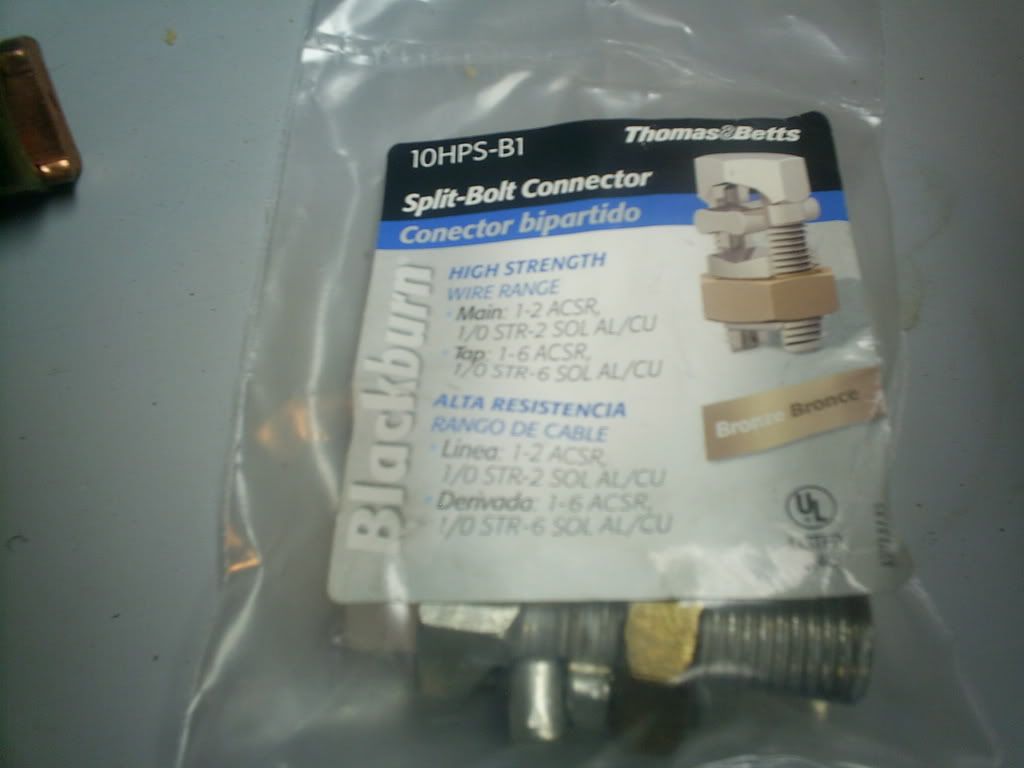
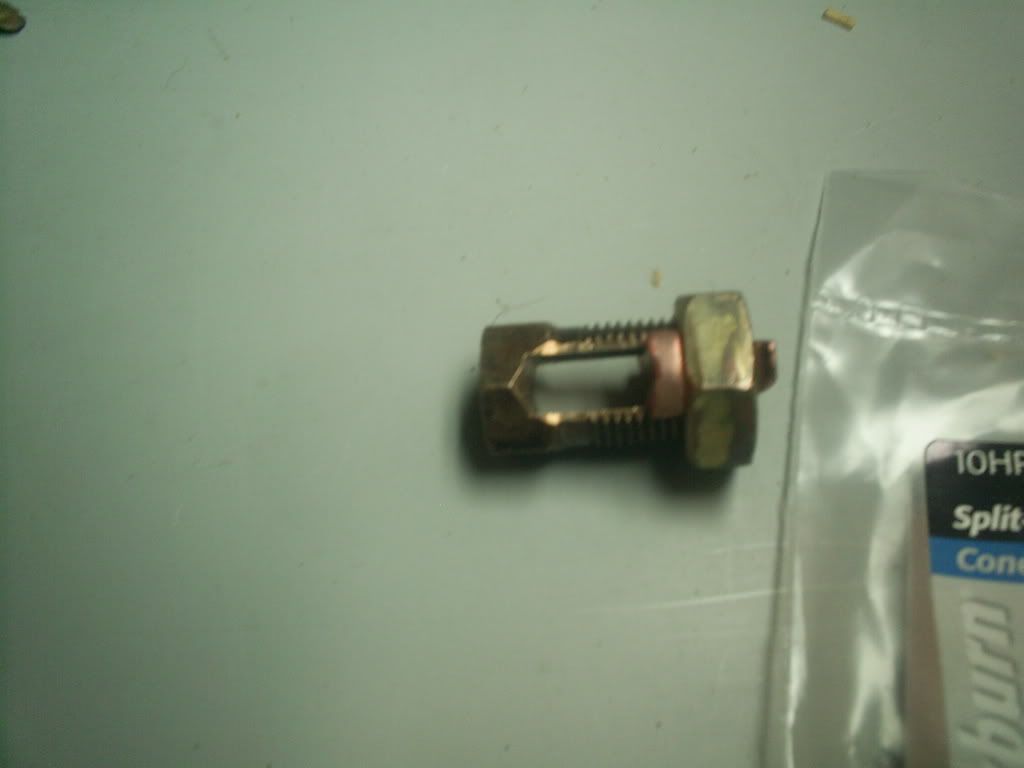
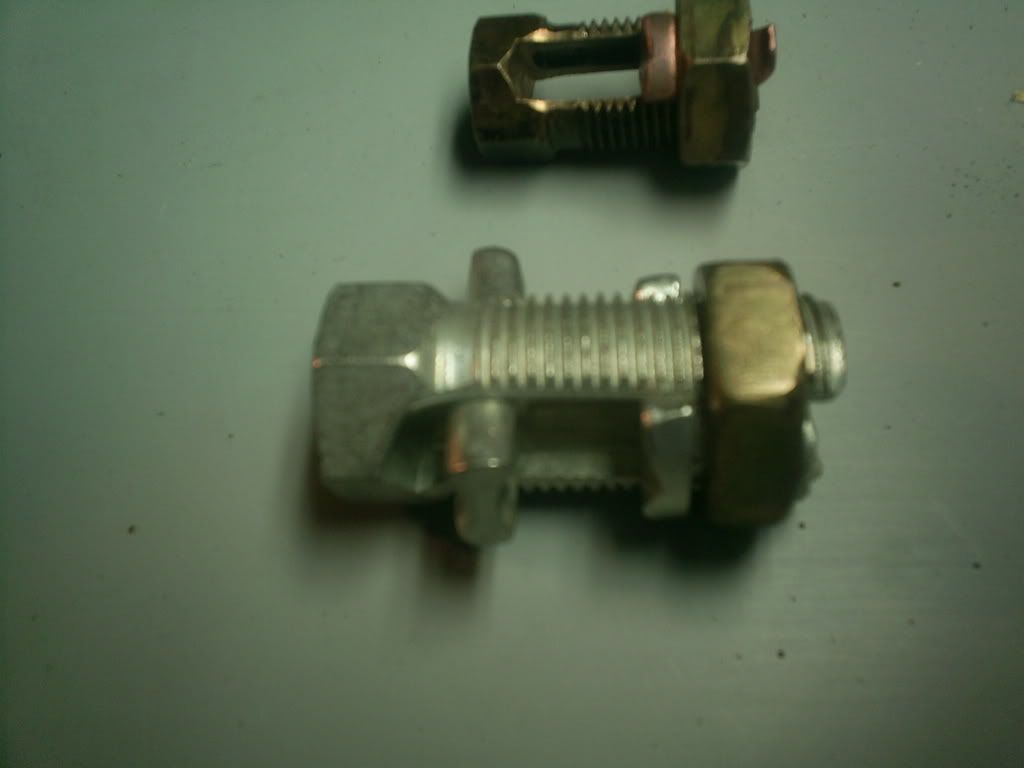
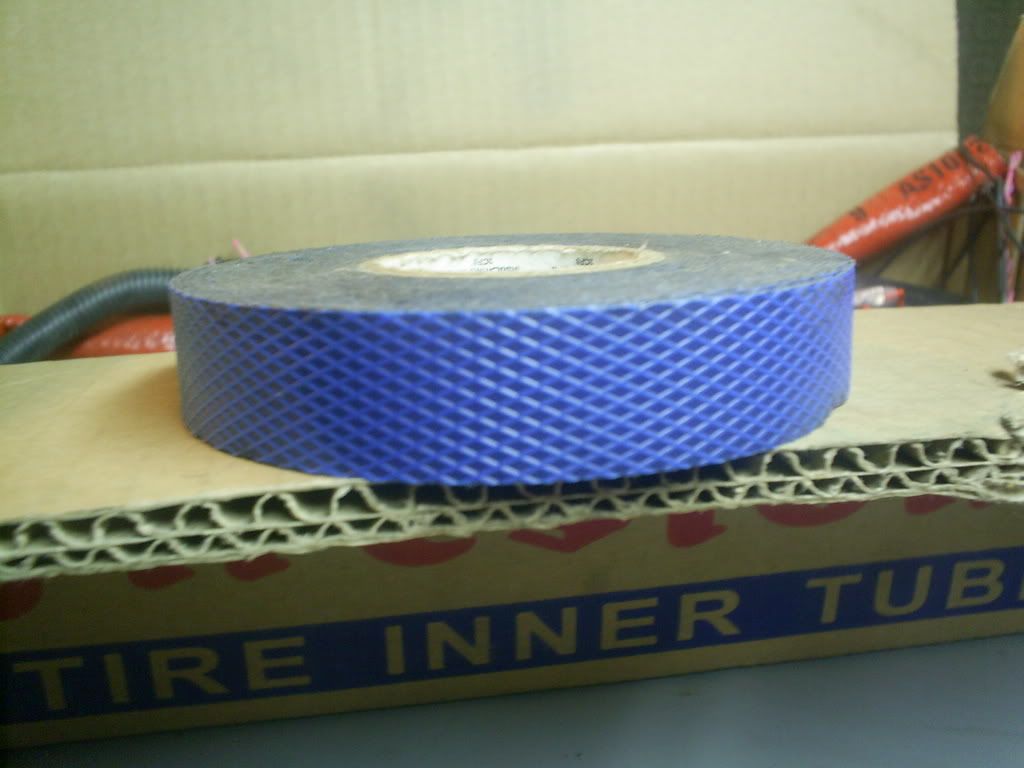
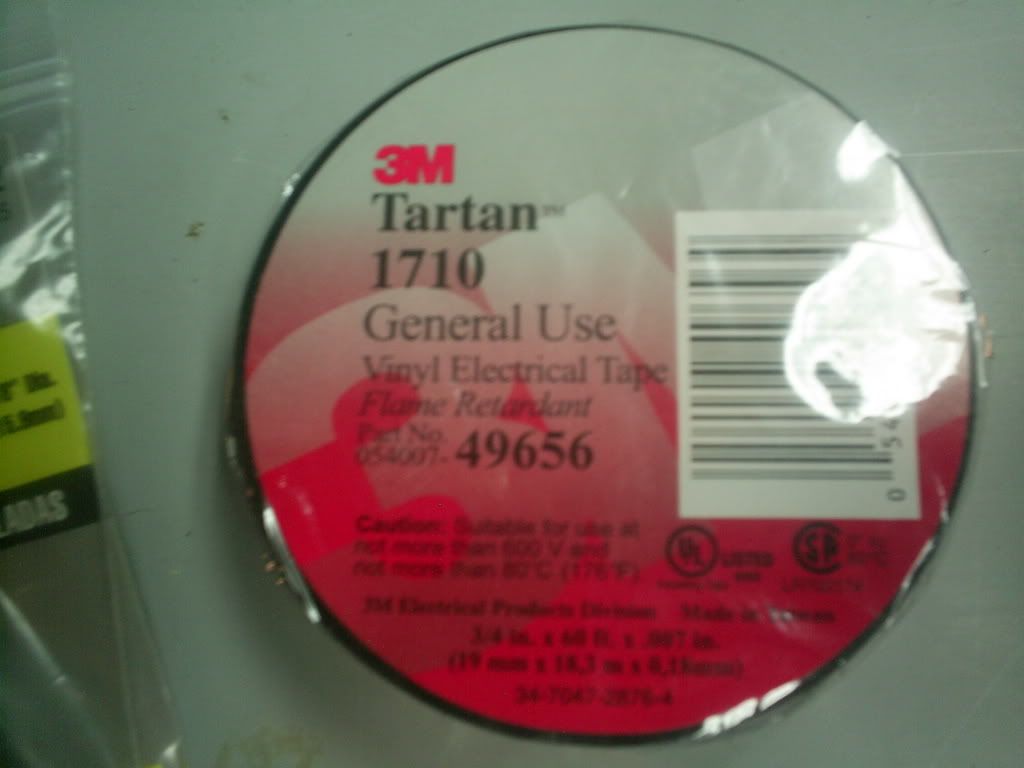
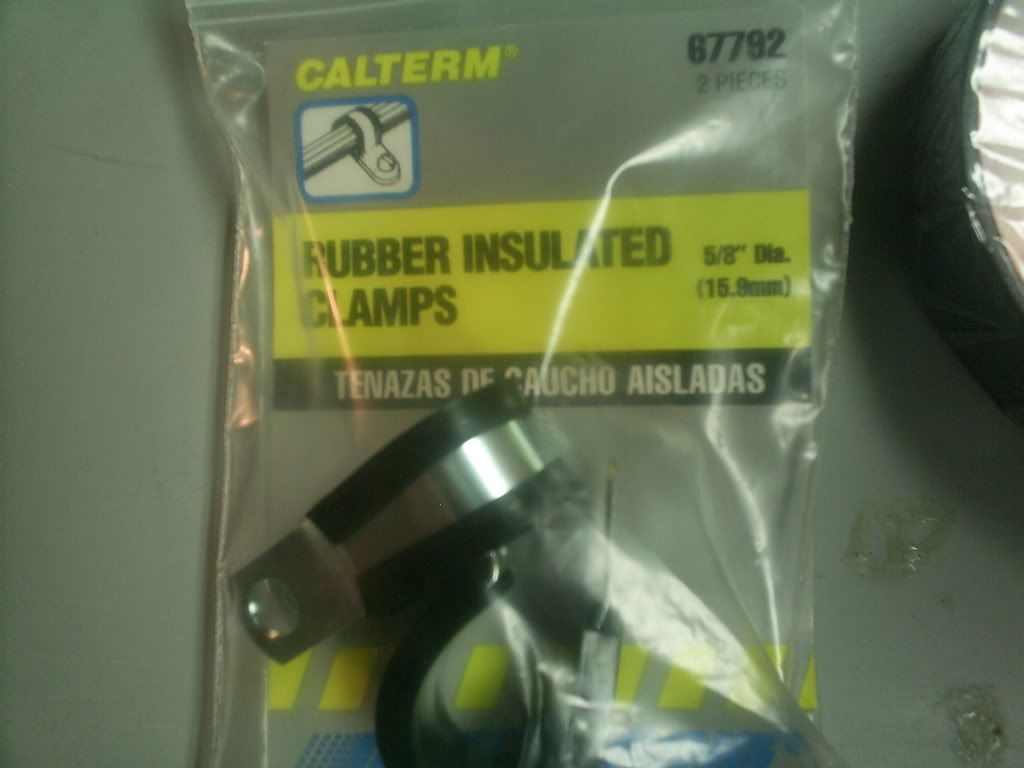
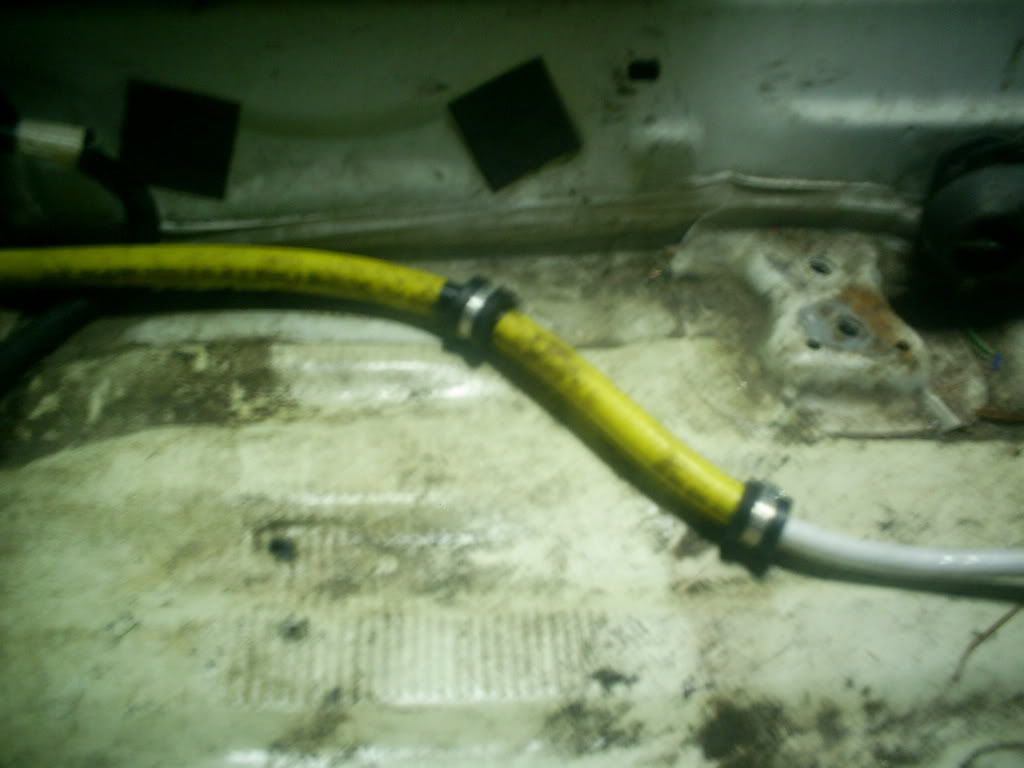


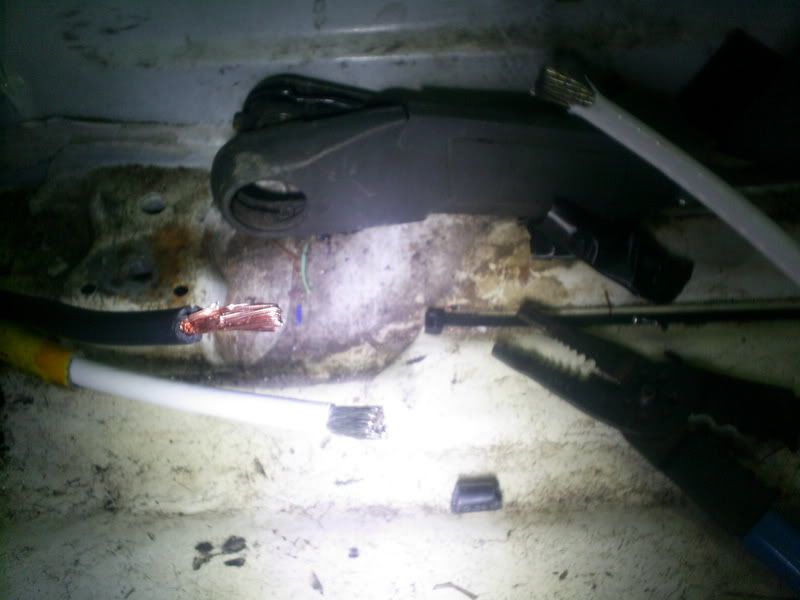
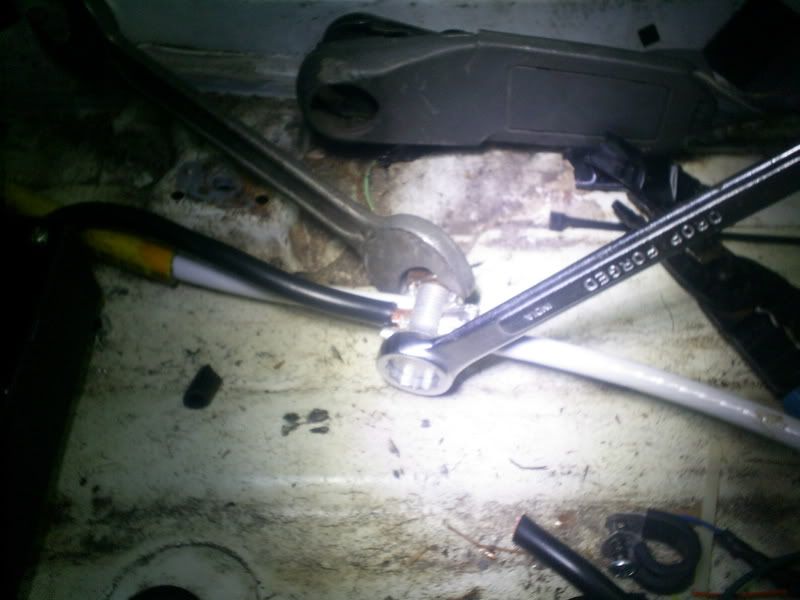


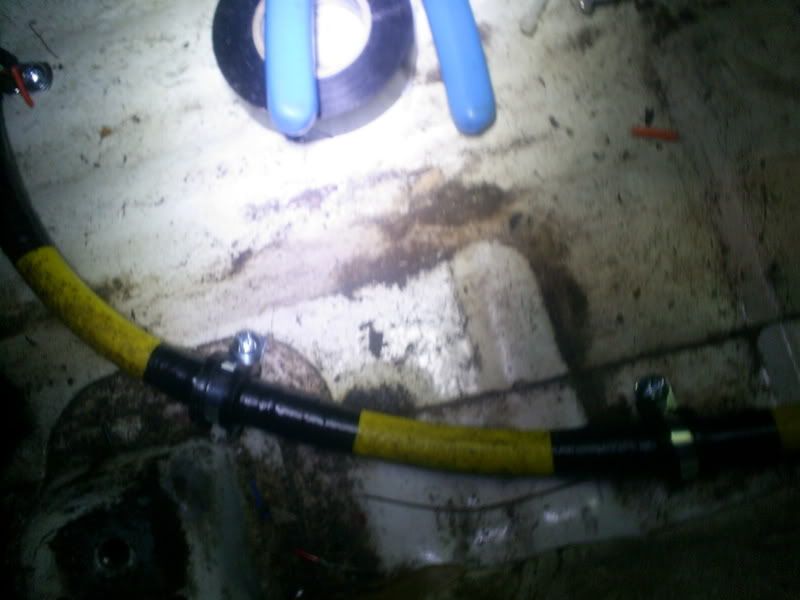

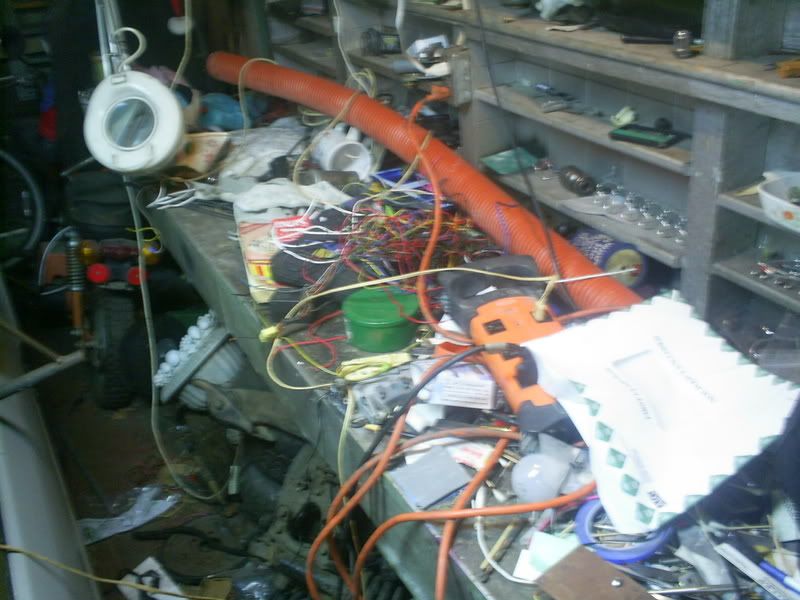


 anyone know where i can get some nice 0 gauge wire like that at?
anyone know where i can get some nice 0 gauge wire like that at?
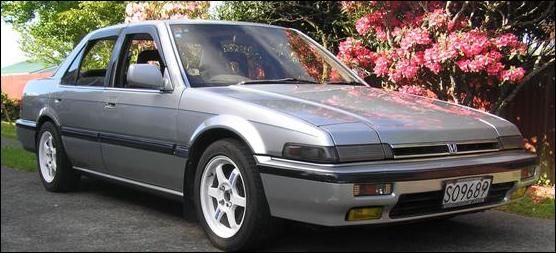



Bookmarks